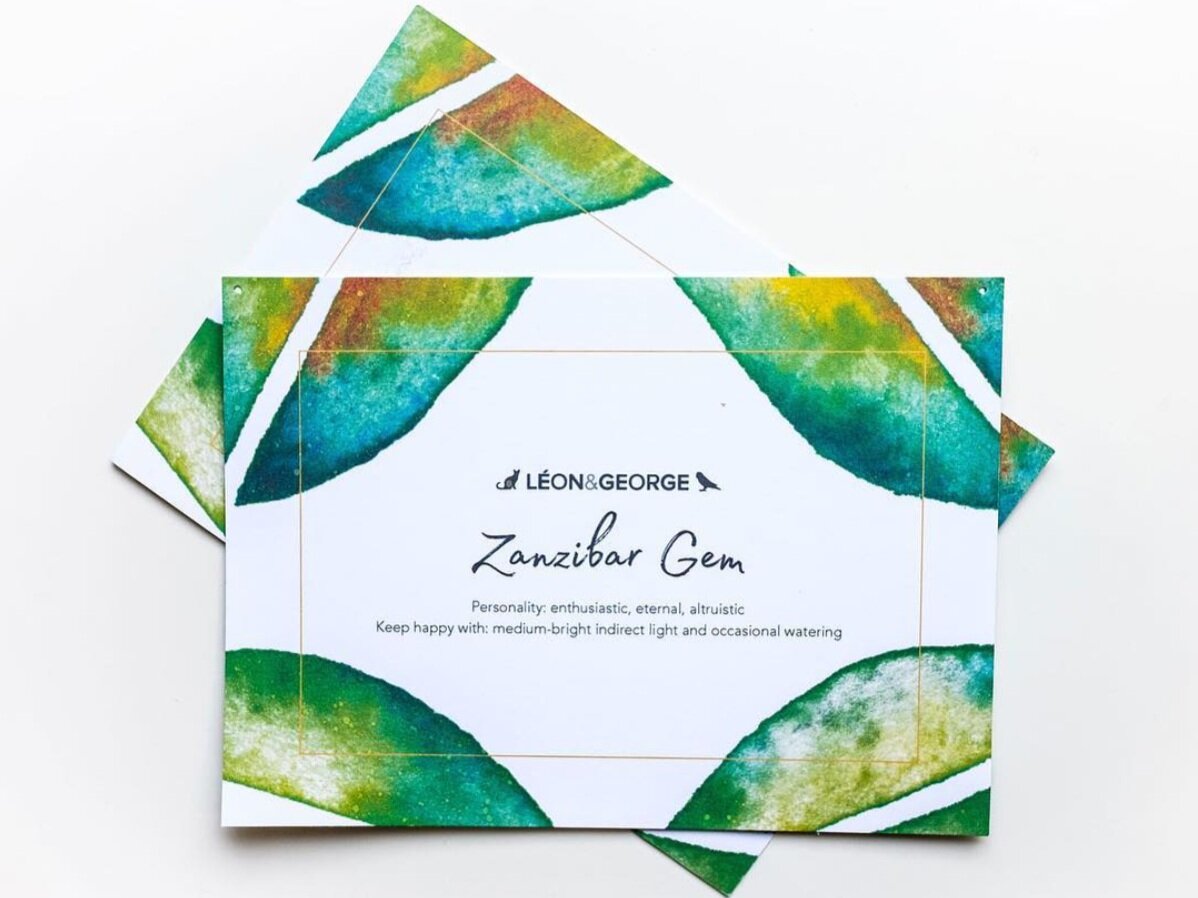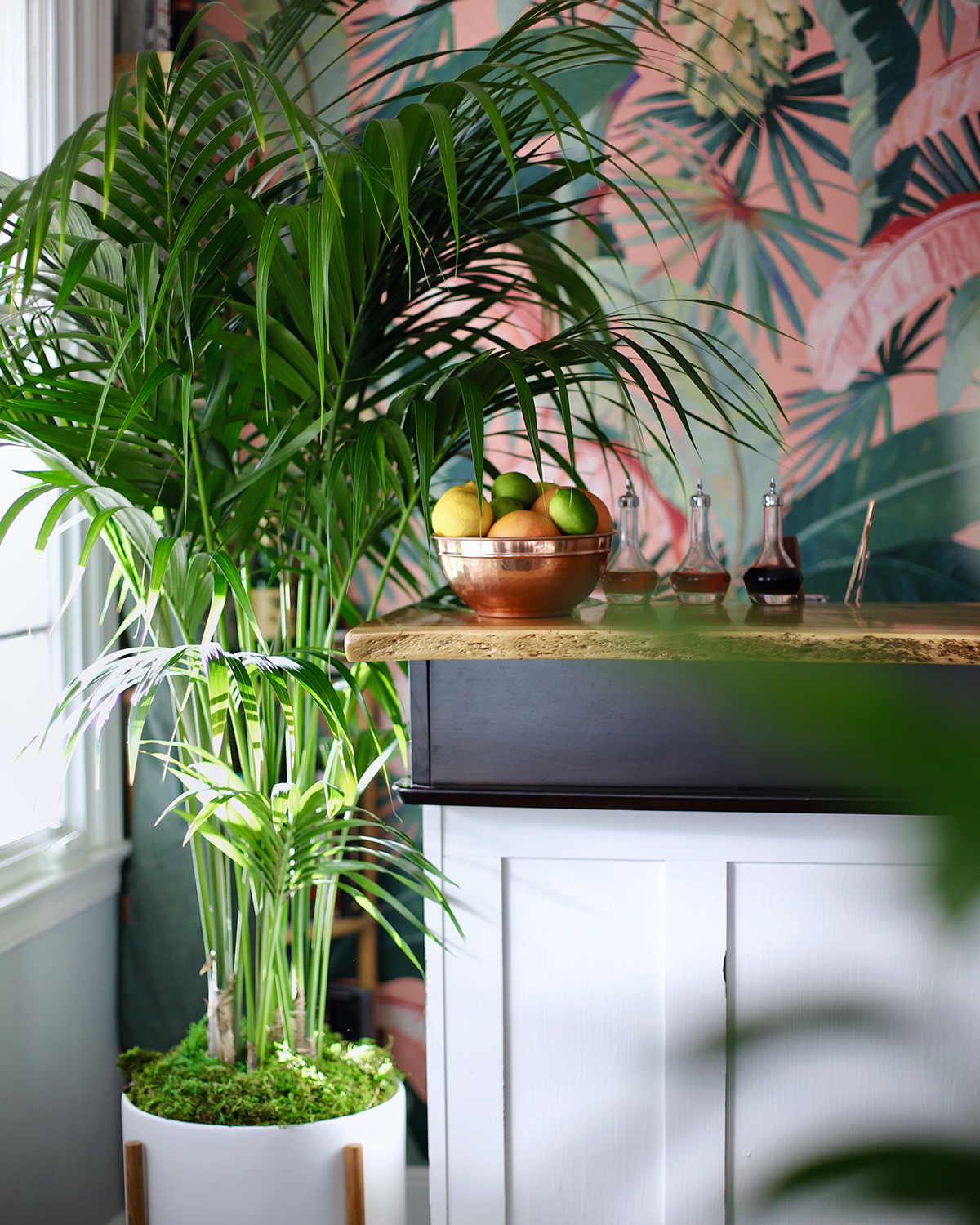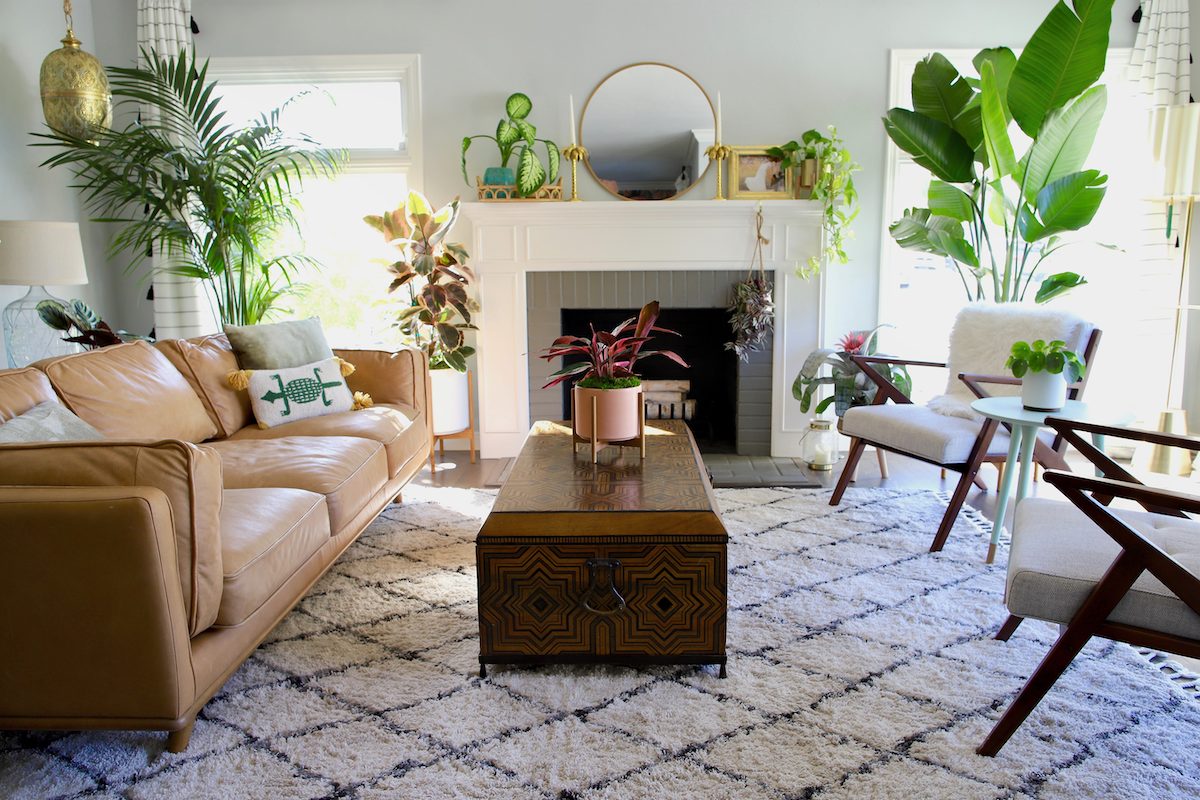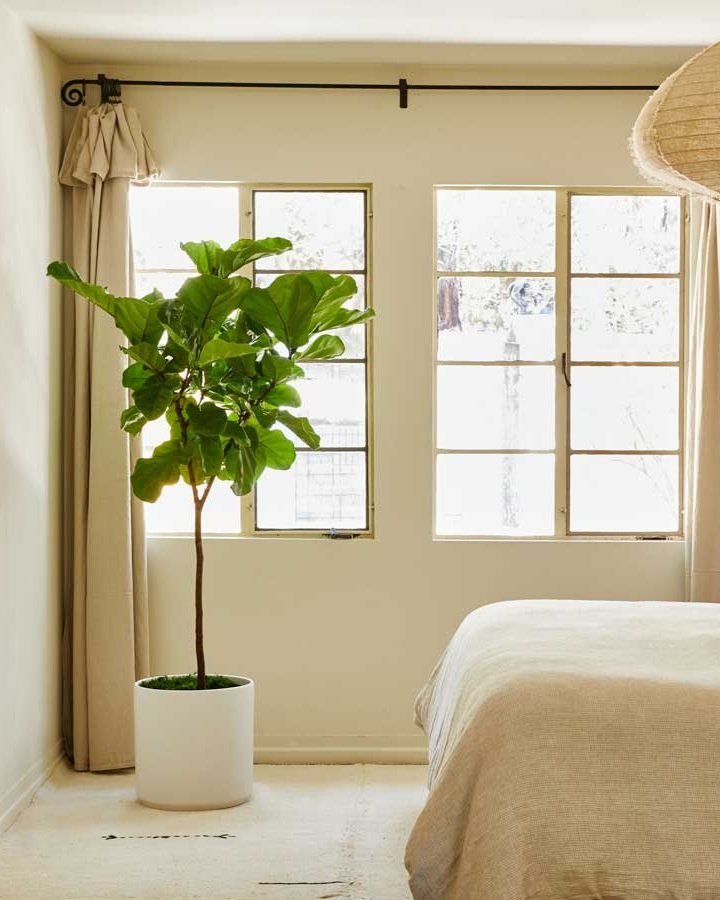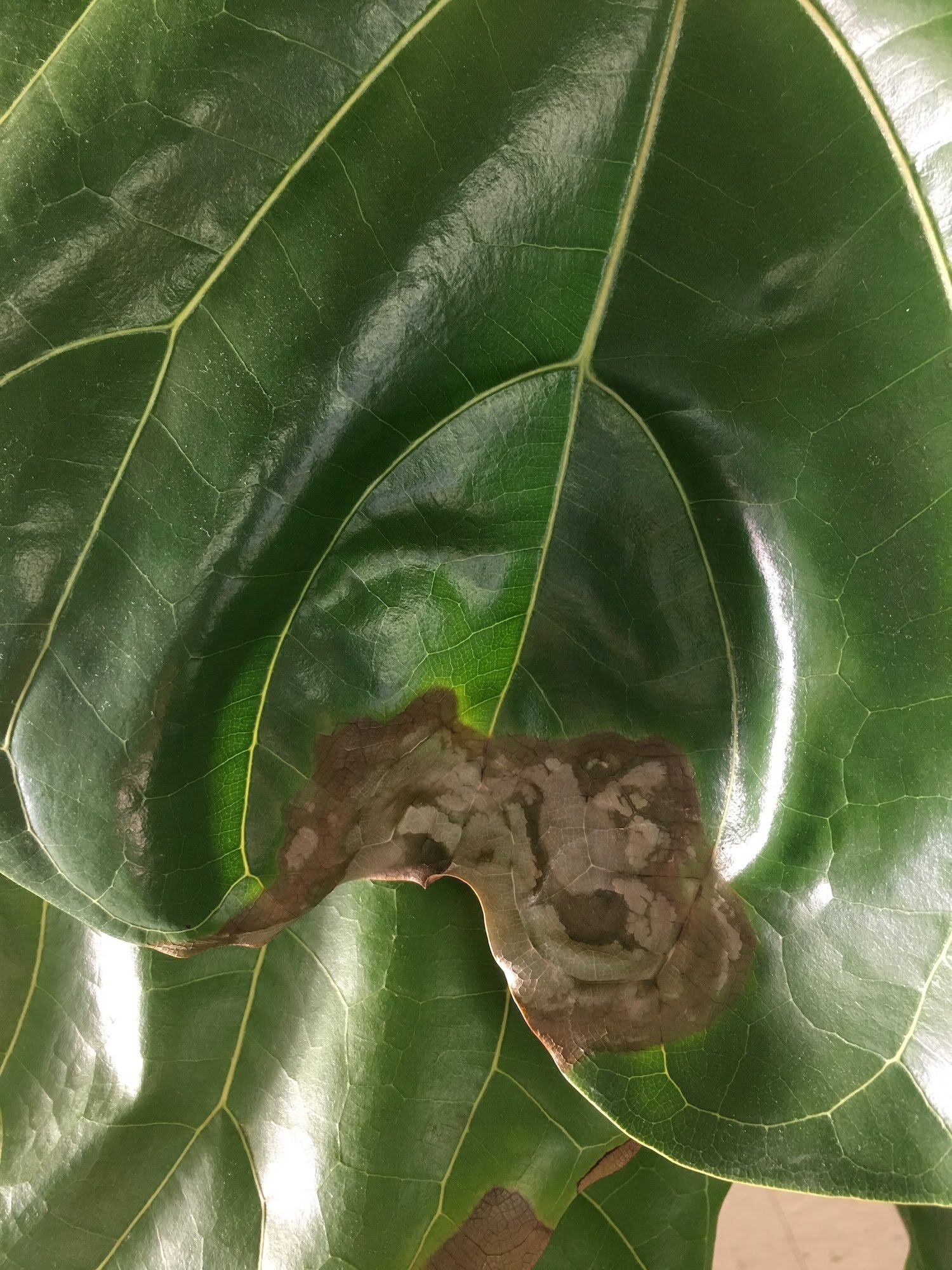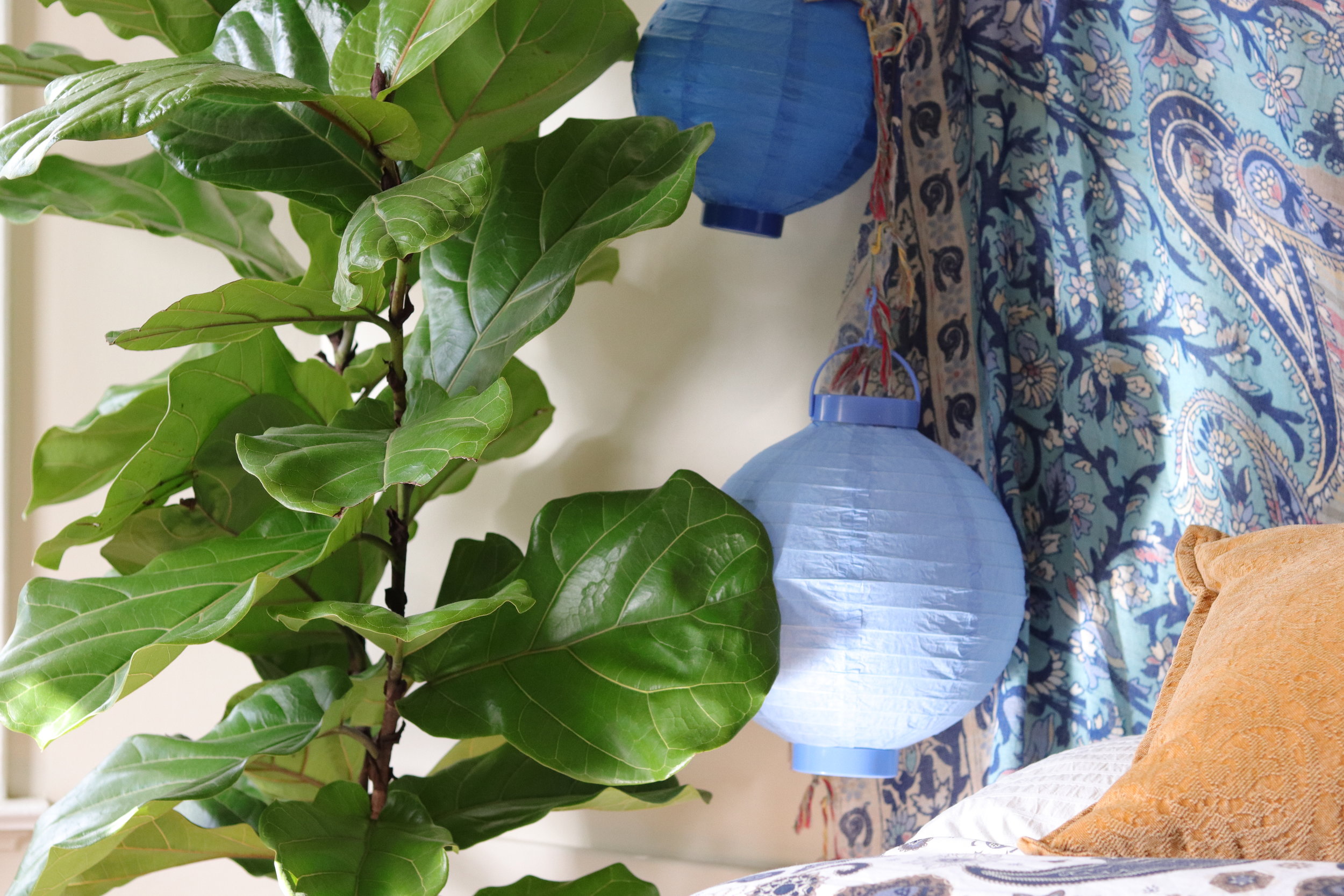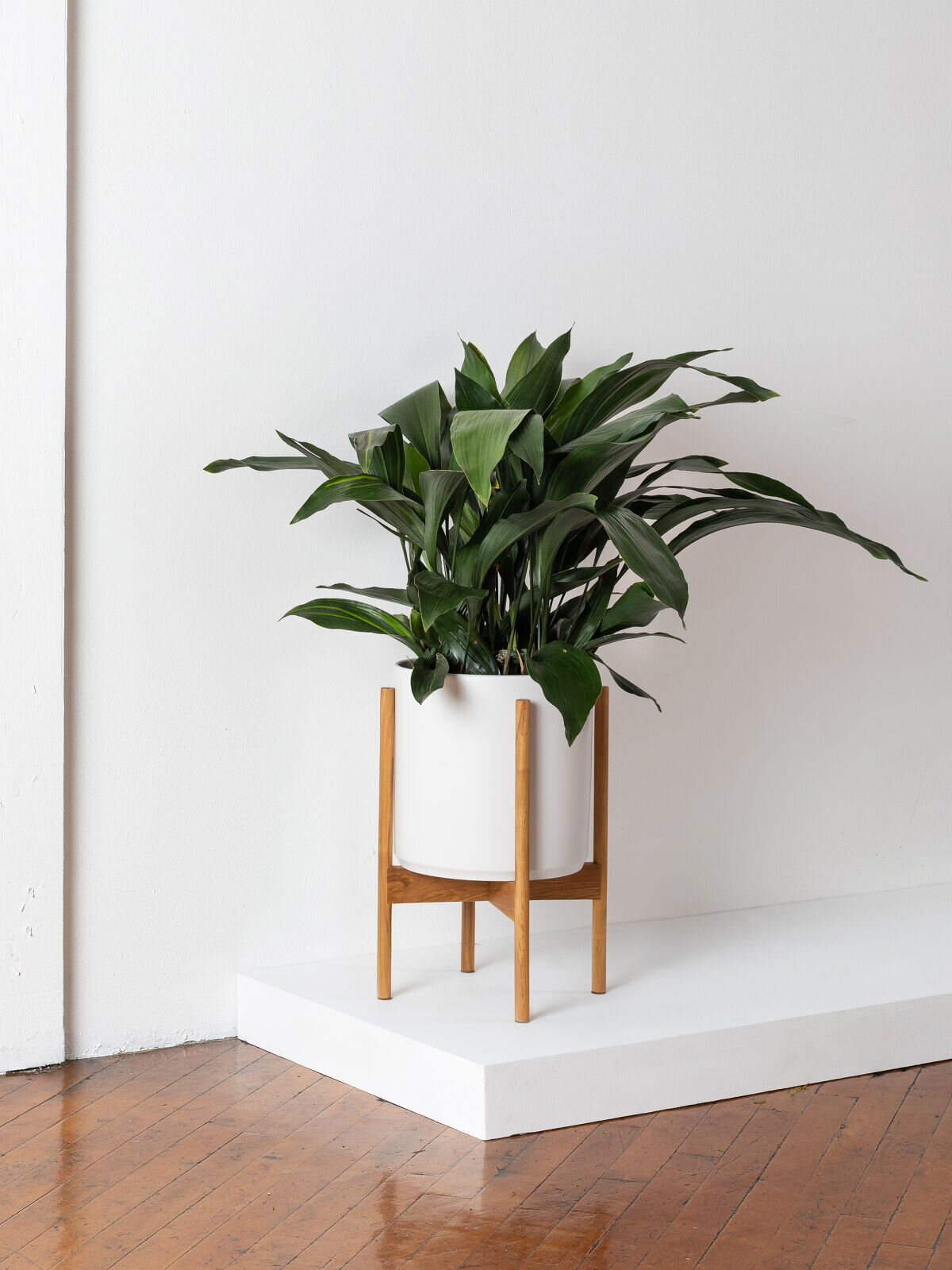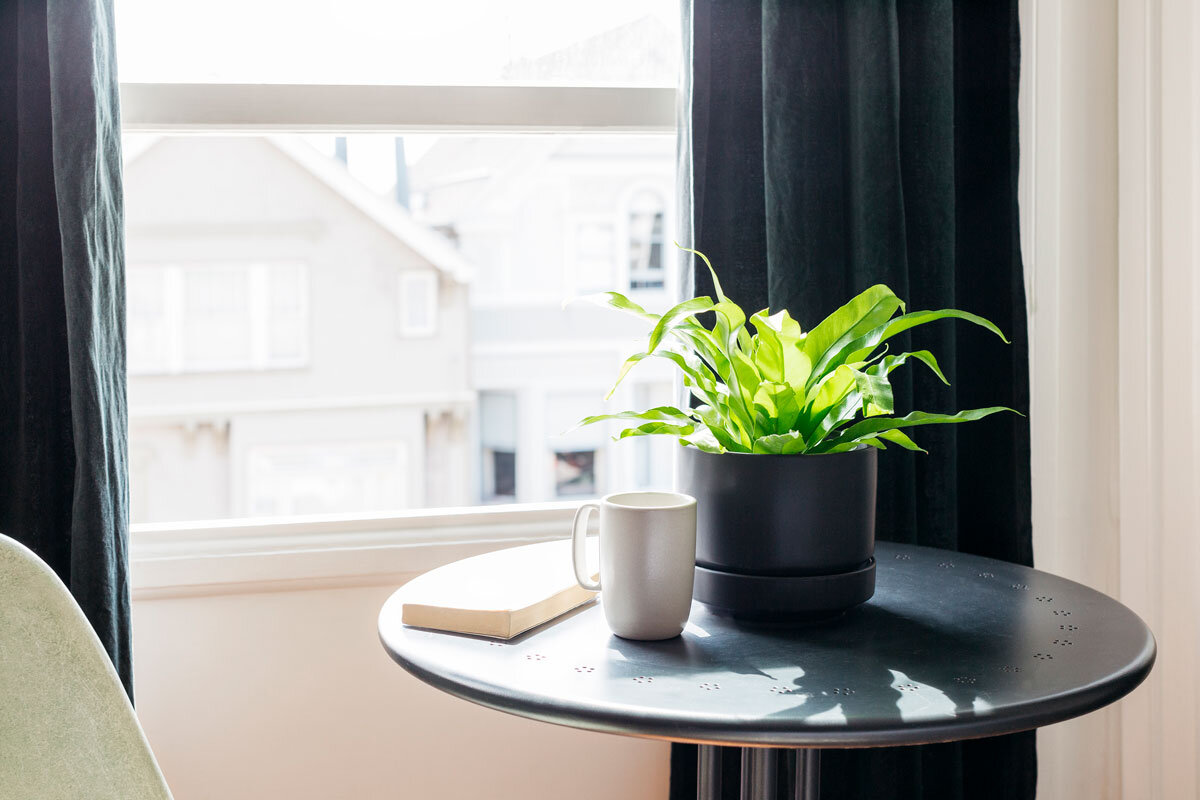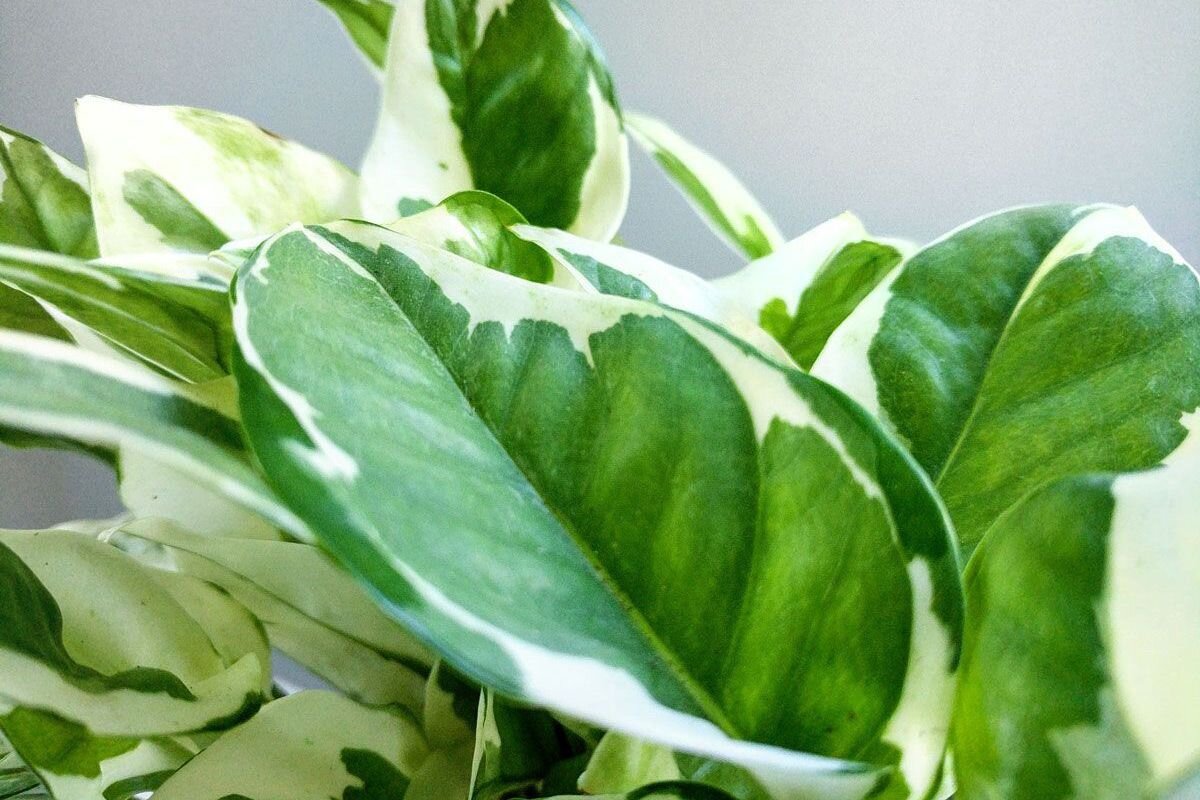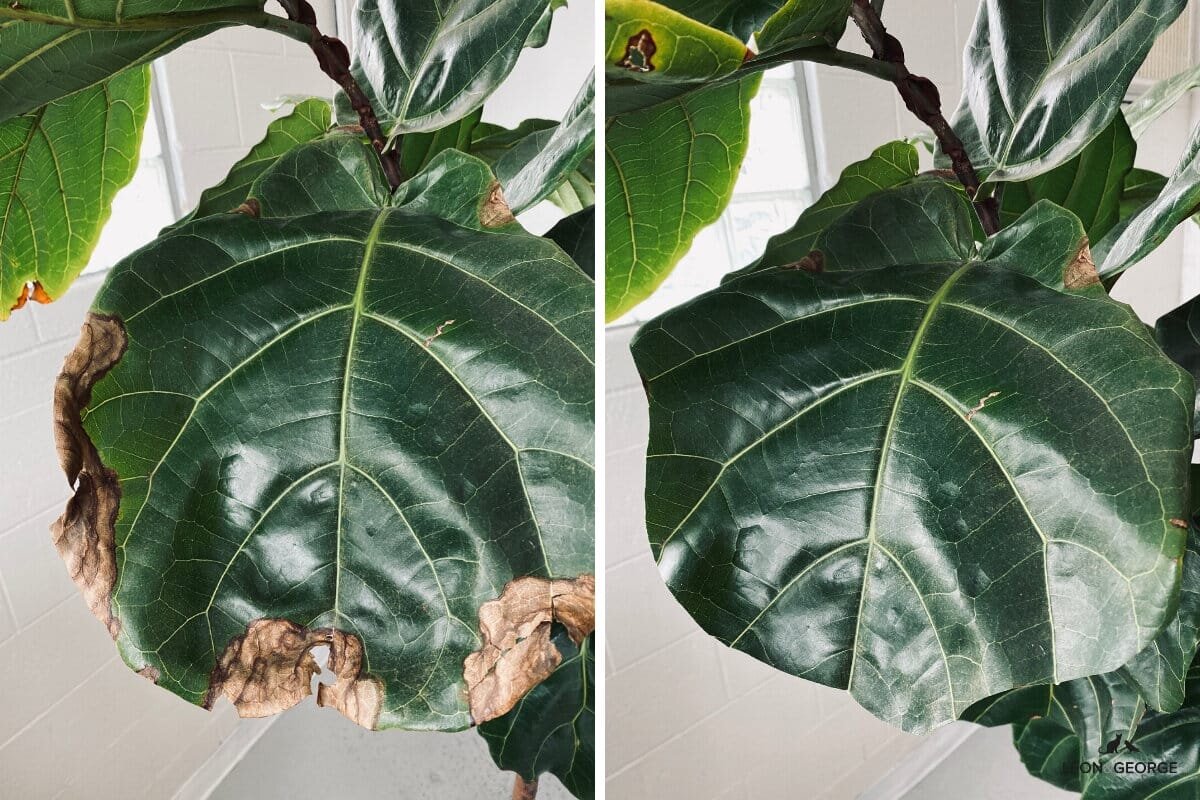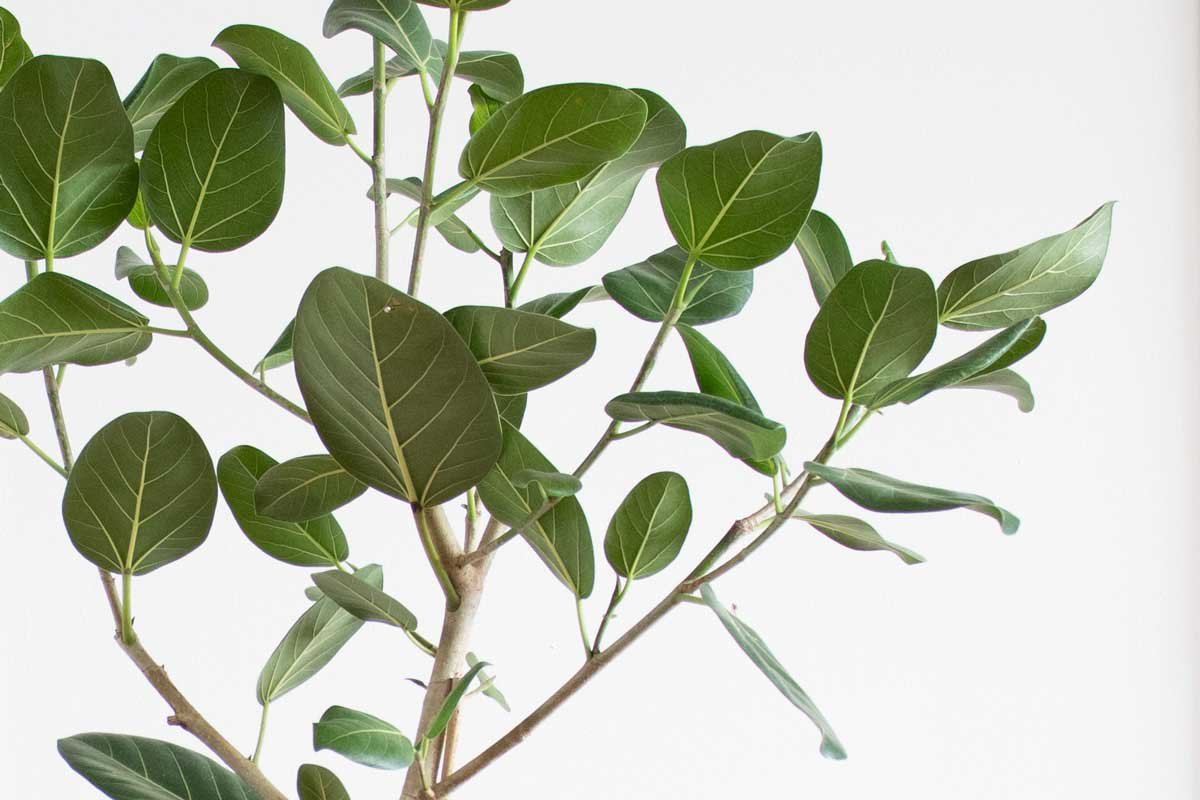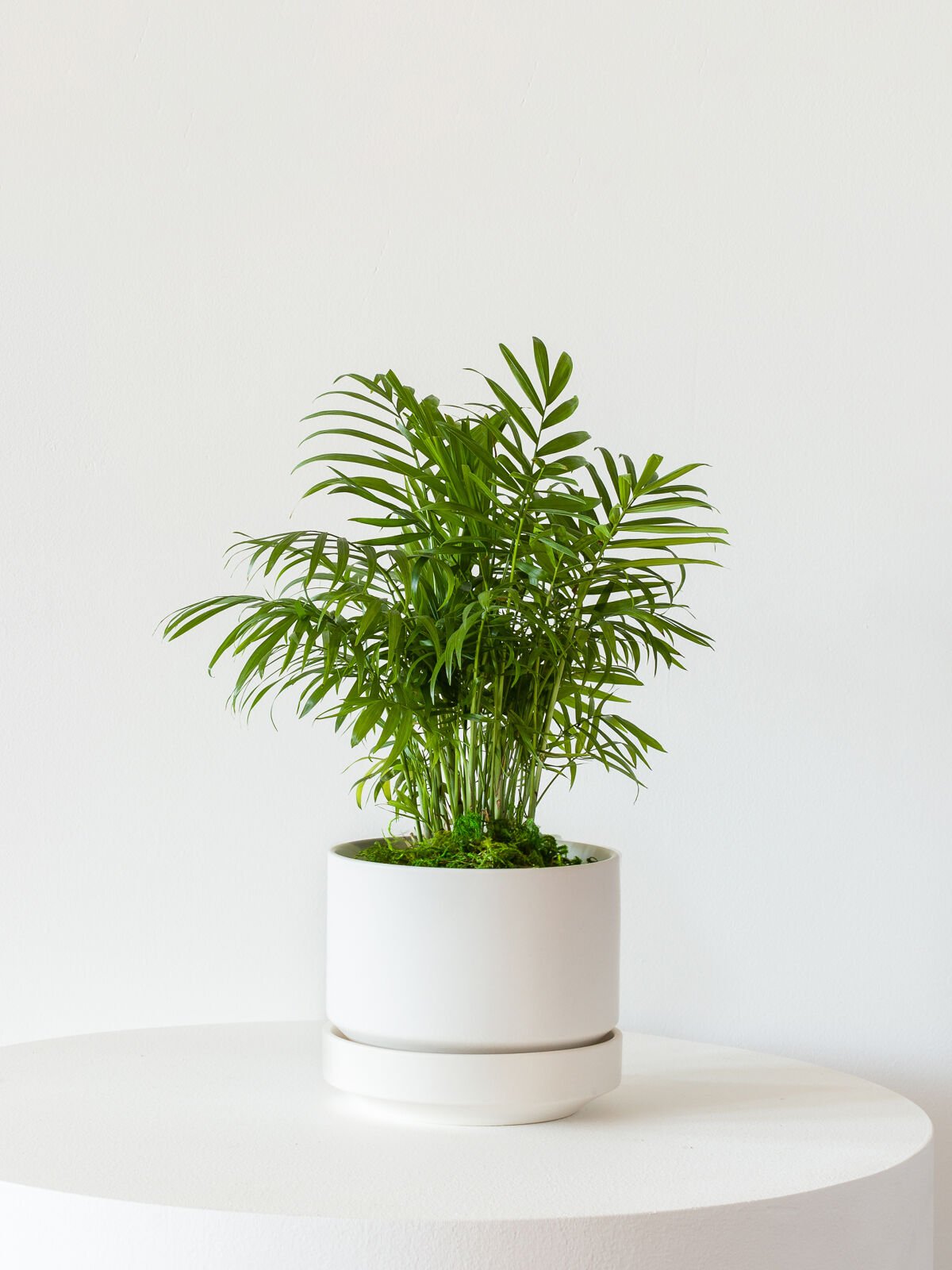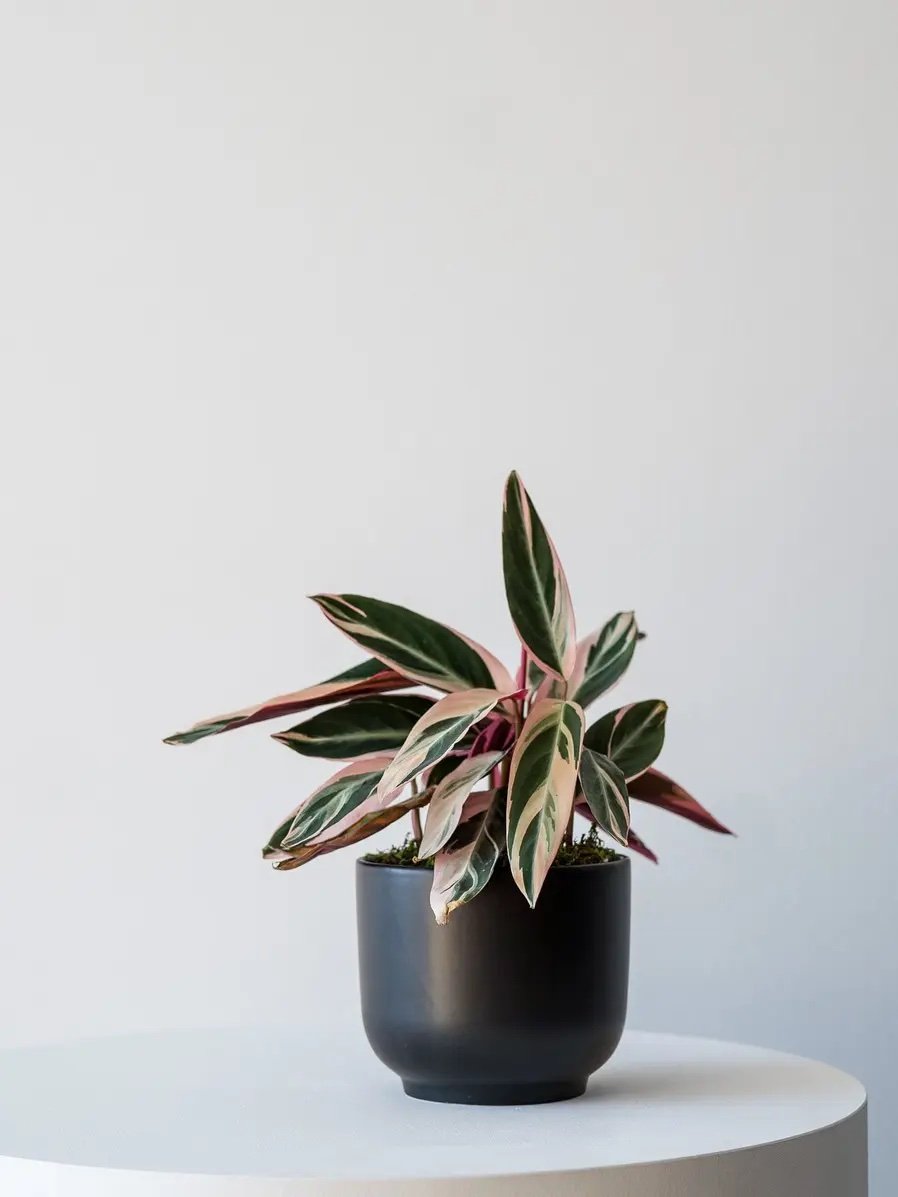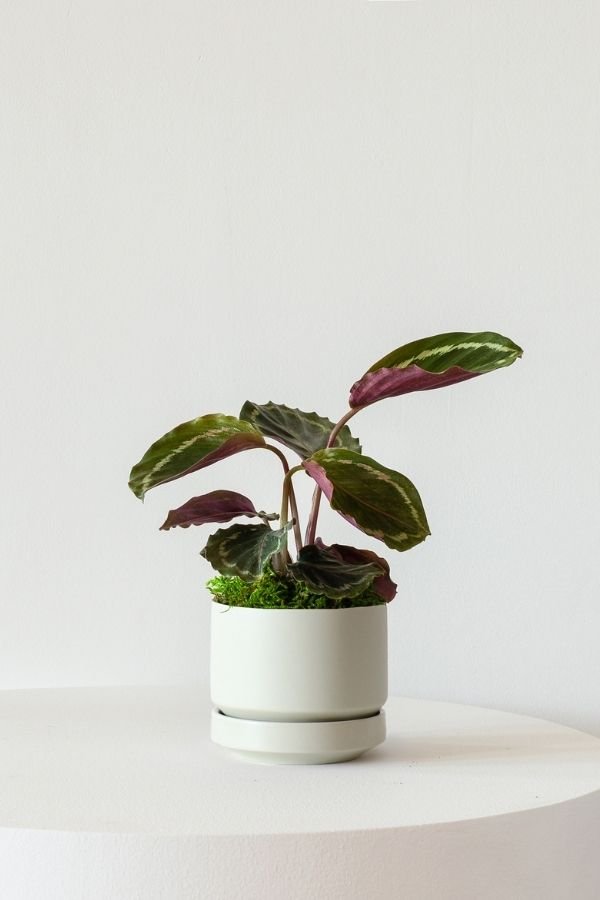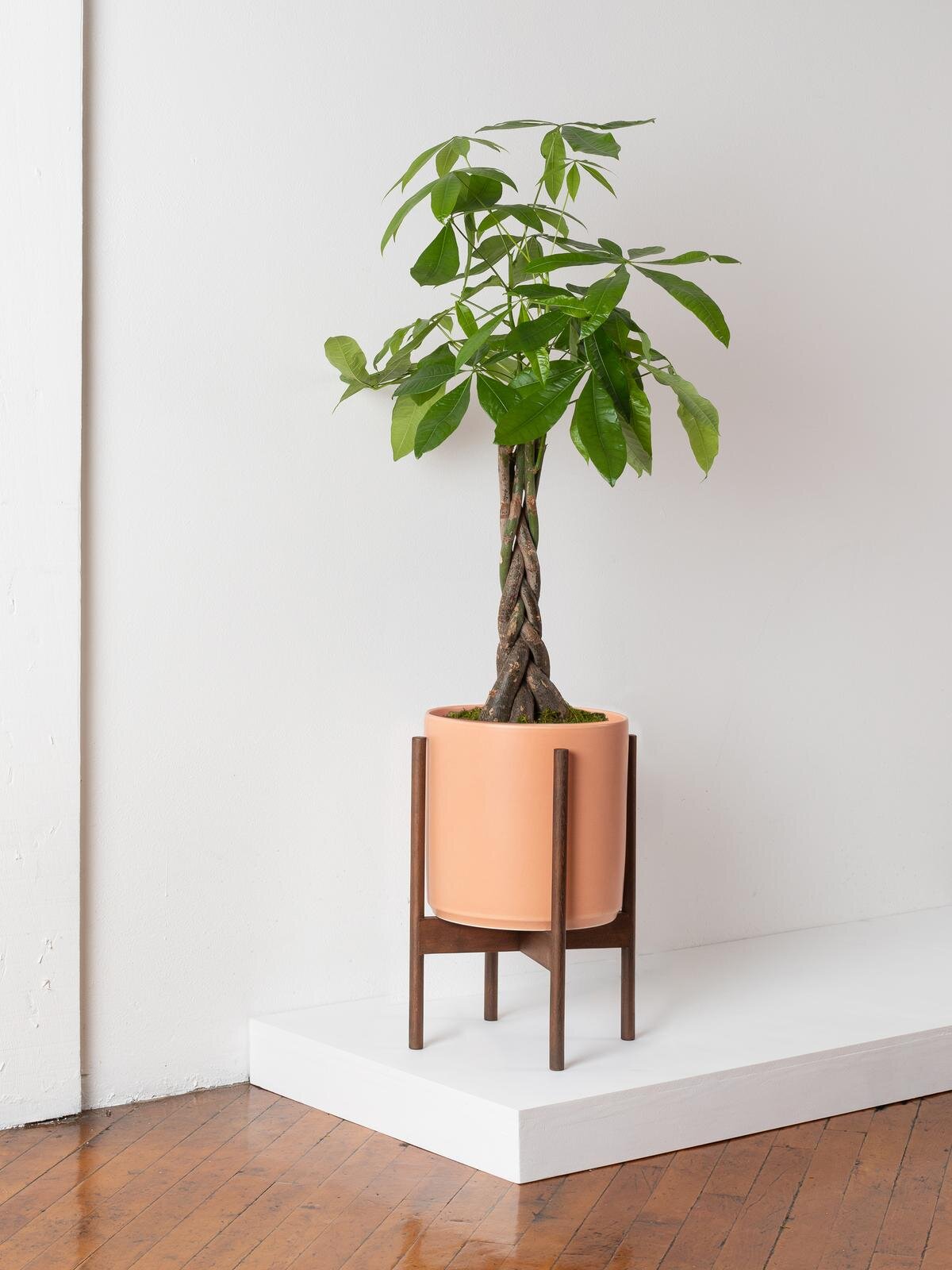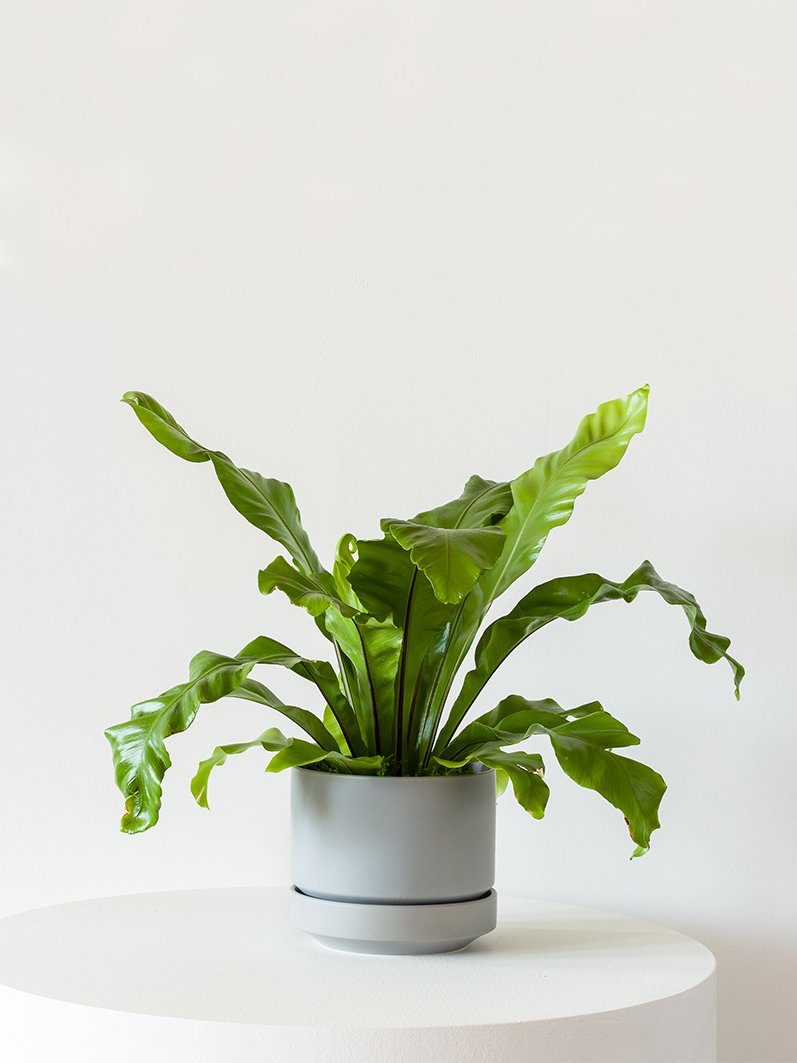Buying plants for your home isn’t always as simple as it seems. Which plants will look good in your space, and more importantly, which ones will thrive? And once you’ve narrowed down your selection, how do you get them home? Needless to say, finding the time and energy to get beautiful greenery can be overwhelming.
But lucky for you, times have changed. Gone are the days of spending a sunny Saturday under the fluorescent lights of a crowded Home Depot, sifting through picked over plants and ugly pots and then lugging it all home. Nowadays, there’s a new way to shop for houseplants, and you can do it all with just a few clicks from home. At Léon & George, we make it simple for you to find, customize, and purchase your dream plants, elevating and improving your indoors with zero stress along the way. If you’re a newbie to houseplants, or you’ve simply never bought plants online, here are a few things to know.
Where to buy plants online
There are several things to look for when researching reputable online plant shops. First and foremost, look at reviews to see what other people have experienced in terms of plant quality, packaging, and customer service. Live plants are perishable products, and real customer reviews help you understand how seriously a company takes shipping these sometimes delicate items. Keep in mind that when it comes to buying plants online, you often get what you pay for, so make sure to check your plants are guaranteed. All Léon & George plants are insured for their journey to you, and also come with a 45 day guarantee in case they don’t adjust well to their new environment.
Choosing the perfect plant online
One of the perks of when you buy plants online is that you can painlessly get an idea of which plants will work well in your space (and which won’t!). On the Léon & George website, you can easily filter by size, light requirements, and care levels. If you’re still not sure which plants to get, simply email us with a few pictures and a plant stylist will send you tailored recommendations for your space. Our blog also serves as a wealth of resources, with everything from plant care guides to design inspiration and more. Looking for the perfect plant for your bathroom? What about the bedroom? Browse around and see which plant speaks to you!
Choosing a planter online
Finding the perfect planter can be tough. As a start, it’s crucial that your planter has proper drainage, the key to a healthy and happy plant. You’ll also want to make sure it’s the right size, as planters that are too big can lead to weak root systems and sad looking plants.
There are hundreds of places to find planters online, but we decided to do that work for you. Once you’ve chosen your plant, simply select the pot style you like best and we’ll put it all together for you. It’s plant shopping for the 21st century, and we promise you’re going to love it! Our timelessly designed planters and wood stands are handmade by artisan ceramists and woodworkers, and made to beautify not just the home you live in now, but the home you might. In short, they’re made to last.
Ordering & delivery: what to expect
You may be wondering how plants are safely shipped from the greenhouse to your home. We ship nationwide (as well as France, Belgium, and Luxembourg!), and no matter where you are, we guarantee that your plant will arrive in pristine condition. Here's what happens when you order a houseplant online:
The plant is personally selected by a member of our prep team. While each plant can vary in size and shape (no two plants are the same!), we make it a priority to select only plants that closely match what you see on our website in size and shape.
We clean, trim, and shine each and every leaf so that it arrives to you glowing, ready to love.
We fit and pot your plant to the ceramic planter you’ve selected, so you don’t have to get your hands dirty.
We carefully wrap and package your plant set in a highly customized, innovative box, and ship it via UPS.
Once it’s in transit, it usually only takes a few days to arrive. Unboxing is easy, and your plant will come with simple care instructions to keep it looking great over time.
Greenery to feel good about
Beautiful plants have a big impact in improving our homes and our health. But what if they could do more? Choosing to shop from reputable online plant stores that give back to their communities is a great way to make your dollar count. That’s why with every plant sold we support various initiatives that we believe bring positive lasting impact to society.
Plus, ever wonder why houseplants are so cheap at big box retailers like Home Depot and Lowes? Read more about why shopping at these stores both on and offline hurts the people who work to nurture and grow our favorite plants.
Keep growing along the way
So you’ve ordered plants online, and you love how beautiful they look in your space. But what next? Your plant will need a bit of TLC to thrive, but don’t worry, we promise it’s simple (and guarantee it’s rewarding!). All Léon & George plants come with simple care instructions as well as lifetime plant care support with our digital plant doctor service. Our blog also has many resources for the curious new plant parent.
If you want to know more about what customers think about Léon & George, check out our reviews and see what they’re saying!
Say hello to the new way of plant shopping. Buying plants online at Léon & George is not only easier, faster and more convenient—it’s also a lot more inspiring, too!

